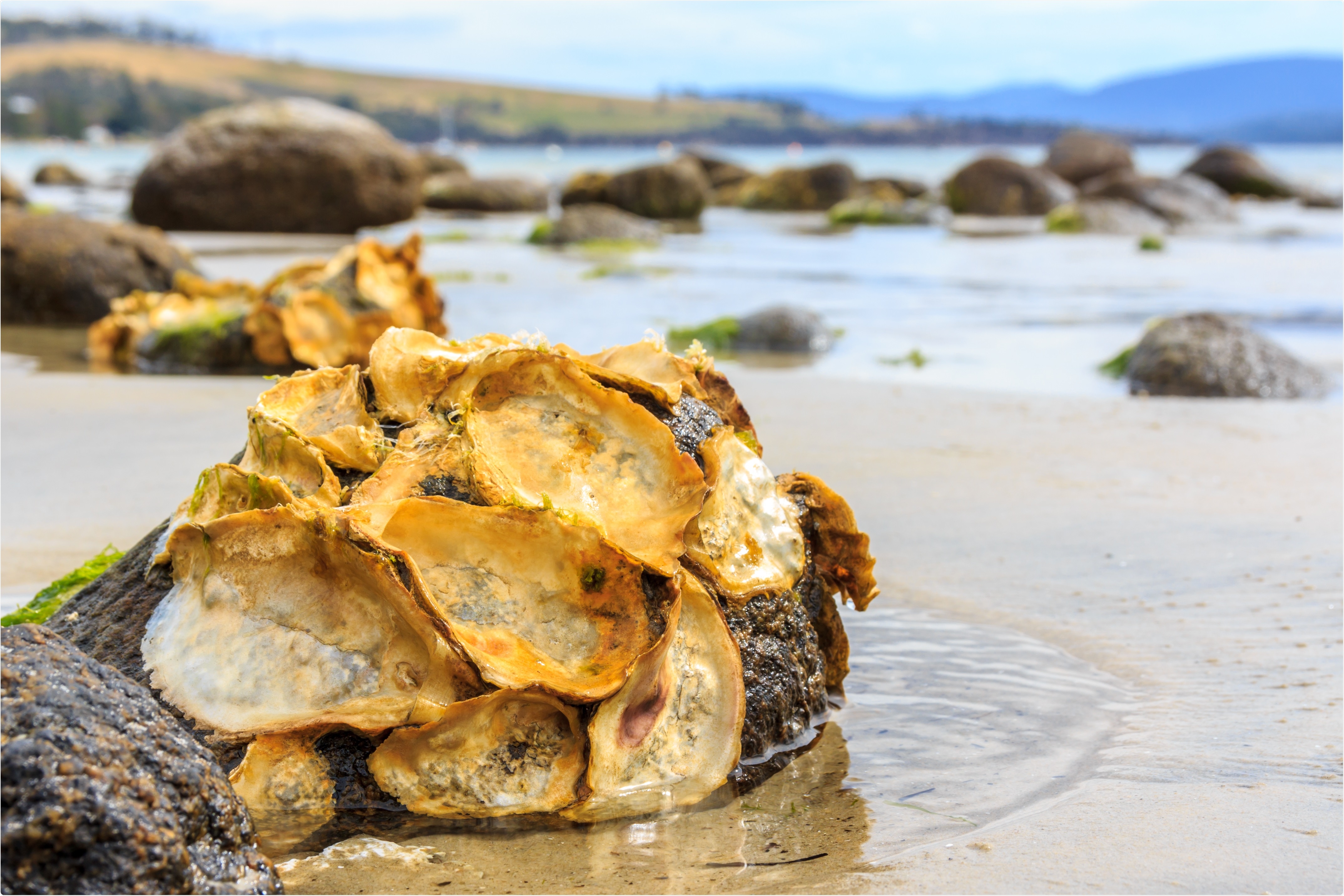
Study: Antiviral activity of Pacific oyster (Crassostrea gigas) hemolymph against a human coronavirus. Image Credit: Andrew Balcombe / Shutterstock

 *Important notice: bioRxiv publishes preliminary scientific reports that are not peer-reviewed and, therefore, should not be regarded as conclusive, guide clinical practice/health-related behavior, or treated as established information.
*Important notice: bioRxiv publishes preliminary scientific reports that are not peer-reviewed and, therefore, should not be regarded as conclusive, guide clinical practice/health-related behavior, or treated as established information.
HCoV-229E is a coronavirus strain and is one of the viruses responsible for the common cold. The virus has infected both humans and bats. While the severe acute respiratory syndrome coronavirus 2 (SARS-CoV-2) is rampaging worldwide, the researchers purposefully selected HCoV-229E for the study because it can be handled safely in laboratories, making it more accessible for coronavirus research.
Led by Peter G. Speck of Flinders University, the research study found that Pacific oysters caused an eight-fold reduction in cells infected with HCoV-229E. Antiviral activity occurred in a concentration-dependent manner and most likely targeted the intracellular stage of HCoV-229E infection.
The findings may help with producing antiviral strategies against coronaviruses such as SARS-CoV-2. In addition, the researchers suggest future research may want to identify the compound that gives Pacific Oysters its antiviral abilities.
Antiviral activity is concentration-dependent
Huh-7 cells were collected and stained with 0.4% trypan blue for the study. In addition, 12 C. gigas oysters were grown in South Australia. Upon opening, the C. gigas hemolymph was taken out of the pericardial cavity, sterilized, and stored in the fridge. Huh-7 cell death increased as hemolymph concentration surpassed 10%, making 10% the cap for concentration use in assays.
Huh-7 cells in 10% C. gigas hemolymph were found to show antiviral activity when exposed to HCoV-229E. An eight-fold reduction was found in the HCoV-229E titer, indicating an 87.5% antiviral activity.
Antiviral activity appears dose-dependent. A positive correlation was observed between antiviral activity and the concentration of C. gigas hemolymph.
The researchers note the dose-dependent activity is similar to what’s observed with the C. gigas hemolymph protein, cavortin, against HSV-1.
.jpg)
non-viable (arrow) and viable (arrowhead) Huh-7 cells treated with 20% Pacific oyster (Crassostrea gigas) hemolymph.
Antiviral effects most likely occur during an intracellular stage of infection
When is Pacific oysters’ antiviral activity most effective against HCoV-229E infection? Previous work suggests antiviral activity was highest when C. gigas hemolymph was added 0-2 hours after HSV-1 infection — suggesting the effect was exerted after virus attachment and entry.
To study this for HCoV-229E infection, the researchers exposed Huh-7 cells to HCoV-229E infection where the C. gigas hemolymph was added immediately or 1 hour after infection.
There was no difference in antiviral activity when the oysters were placed right after infection or after an hour.
Because Huh-7 cells showed no changes in antiviral activity, the researchers suggest C. gigas hemolymph exerts its effects during an intracellular stage of HCoV-229E infection.
Additionally, other research in this field has confirmed the presence of antiviral compounds during an intracellular stage of HCoV-229E infection. For instance, FK06, an immunosuppressive compound stops viral replication in Huh-7 cells, and thapsigargin disrupts the intracellular stage by blocking replication or activating unknown antiviral effector systems in Huh-7 cells.

 *Important notice: bioRxiv publishes preliminary scientific reports that are not peer-reviewed and, therefore, should not be regarded as conclusive, guide clinical practice/health-related behavior, or treated as established information.
*Important notice: bioRxiv publishes preliminary scientific reports that are not peer-reviewed and, therefore, should not be regarded as conclusive, guide clinical practice/health-related behavior, or treated as established information.